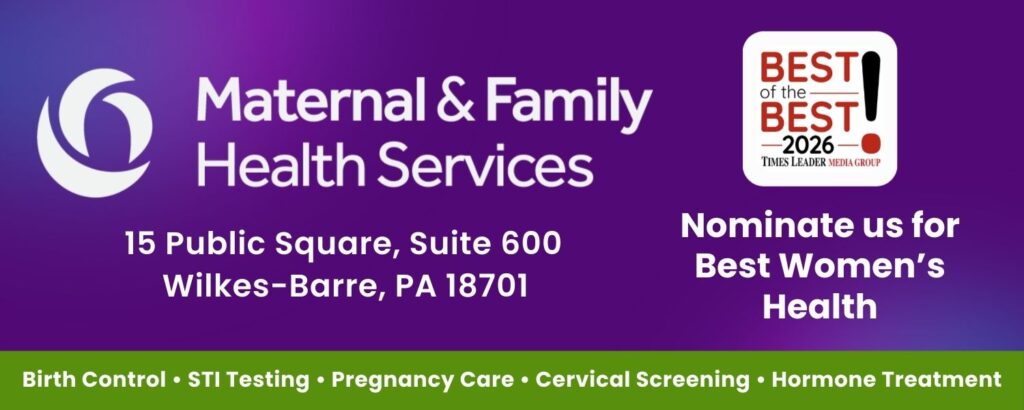Decoding Food Labels For Smart Shopping


When you’re browsing the isles of the grocery store, you’re constantly being bombarded with messages. How do you know what the labels on the food you buy really mean? Some clever marketing can make all kinds of products sound like they are good for you.
In order to make shopping a little bit easier, some of our WIC nutritionists have decoded some common food labels that you’ll see in the grocery store. Thank you Nutrition Education Coordinator Laurie Waskovich and Marywood University Dietetic Intern Nicole Berry for compiling this information for us!
If the package says…
High Protein – This means that the food has at least 10 grams of high quality protein per serving. High quality or complete protein means that the food contains all the essential amino acids (There are 9 of them) needed for growth, repair, and maintenance of the body. High fat meats that should be limited in the diet include ground pork, regular cheese, and spare ribs.
Fat Free – This claim means that the product is less than .5 g fat per serving.
Low-Fat – This claim means that there is 3 g or less of fat per serving.
More Iron – This means that the product has at least 1.8 mg more iron per serving that the reference food. The label will say 10% more of the Daily Value for Iron.
Reduced or fewer calories – If you see this on a food label then this means that at least 25 percent fewer calories per serving than the reference food.
Good Source of Calcium – This claim means that the product contains at least 100mg of calcium per serving. The RDA for men and women aged 19-50 is 1000 mg per day and for men and women over 50 the recommendation is 1200 mg of calcium per day. Good sources of calcium include spinach (120 mg per serving) low fat yogurt (415 mg per serving) and skim milk (302 mg per serving).
Sugar-free – Sugar-free just means that there is less than .5 g sugar per serving
Light – This term has two meanings:
- 1st meaning: 1/3 fewer calories or half the fat of the reference food
- 2nd meaning: A low calorie or low fat food whose sodium content has been reduced by 50 percent of the reference food
*Taken from Hess and Hunt Registration Exam Study Guide for Dietitians
How to Read a Food Label
- The first place to start when you look at the Nutrition Facts label is the serving size and the number of servings in the package. Serving sizes are standardized to make it easier to compare similar foods; they are provided in familiar units, such as cups or pieces, followed by the metric amount, e.g., the number of grams. The size of the serving on the food package influences the number of calories and all the nutrient amounts listed on the top part of the label. Pay attention to the serving size, especially how many servings there are in the food package. Then ask yourself, “How many servings am I consuming”?
- Calories provide a measure of how much energy you get from a serving of this food. Many Americans consume more calories than they need without meeting recommended intakes for a number of nutrients. The calorie section of the label can help you manage your weight (i.e., gain, lose, or maintain.) Remember: the number of servings you consume determines the number of calories you actually eat (your portion amount).
- The % Daily Values (%DVs) are based on the Daily Value recommendations for key nutrients but only for a 2,000 calorie daily diet–not 2,500 calories. You, like most people, may not know how many calories you consume in a day. But you can still use the %DV as a frame of reference whether or not you consume more or less than 2,000 calories.
- Taken from the FDA website.


